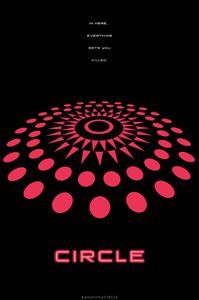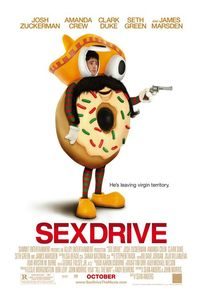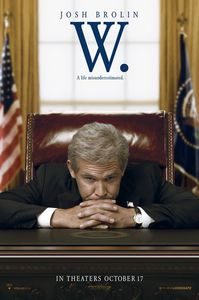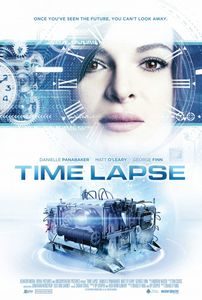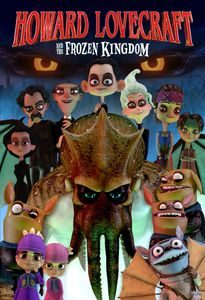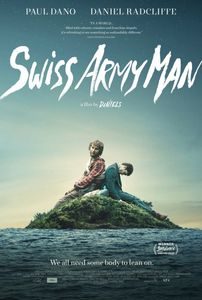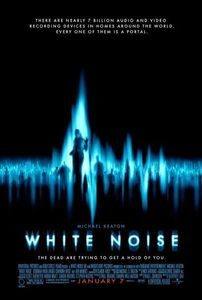Listening (2014)
(Netflix Streaming, January 2017) Ambitious but flawed, low-budget science-fiction film Listening tries to do just a bit too much with the means at its disposal. The muddy cinematography betrays the film’s micro-budget, but not quite as much as a script that leaps in one direction (as two scientists perfect telepathic technology and then discover that having no secrets isn’t a good thing) then another (as mysterious government operatives behave in ways they usually do in thrillers and take over the technology in an effort to enslave the world). The meandering, generally dull script can’t quite do justice to its central themes, and the result feels oddly off-mark. Listening isn’t all bad, mind you: there’s some ingenuity in the way writer/director Khalil Sullins stretches his budget, the actors do OK with the material they’re given, and the film has more ambition than most. Still, it feels off balance, imperfectly controlled and unsatisfying once everything messily wraps up. I’ve seen a lot of low-budget SF movies in the past week, so my expectations are properly calibrated—but Listening misses the mark enough to earn a middling recommendation for SF fans at best.


